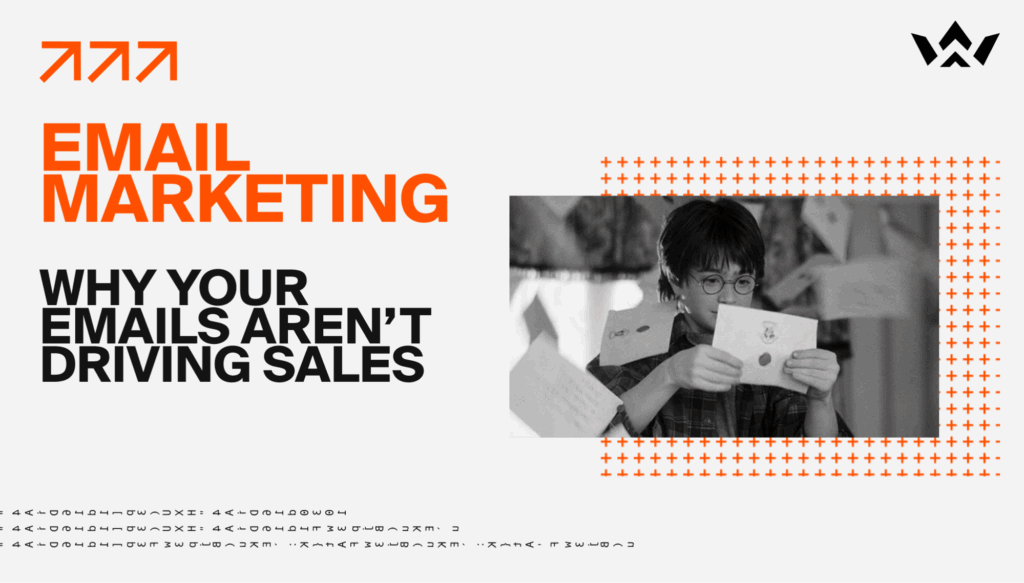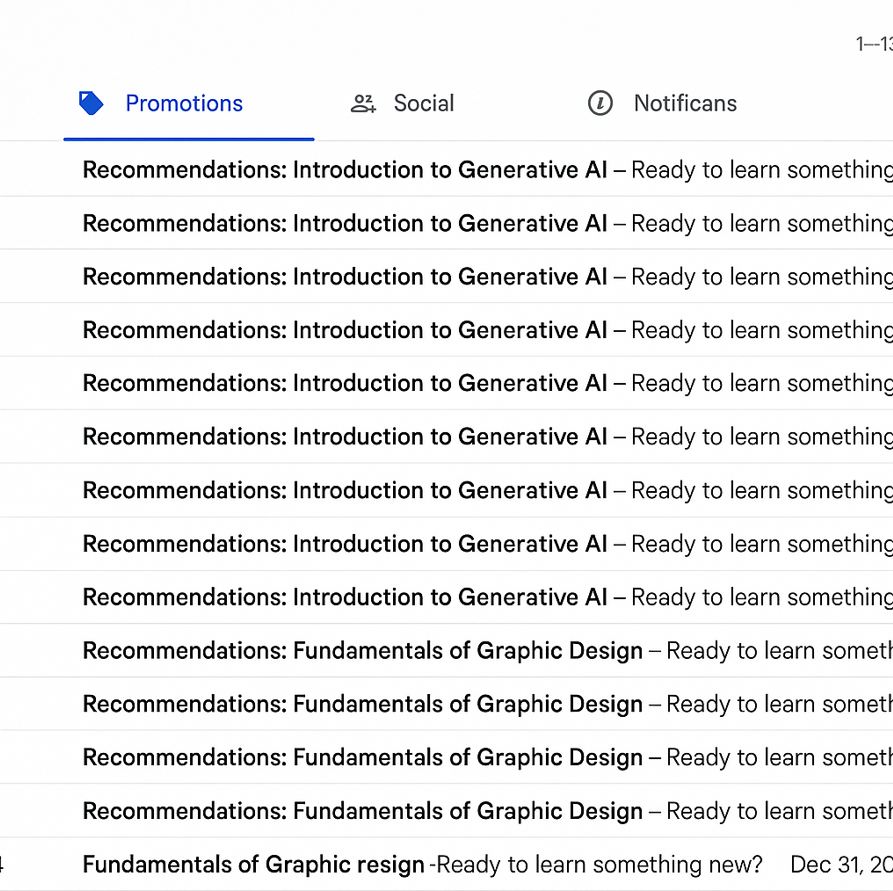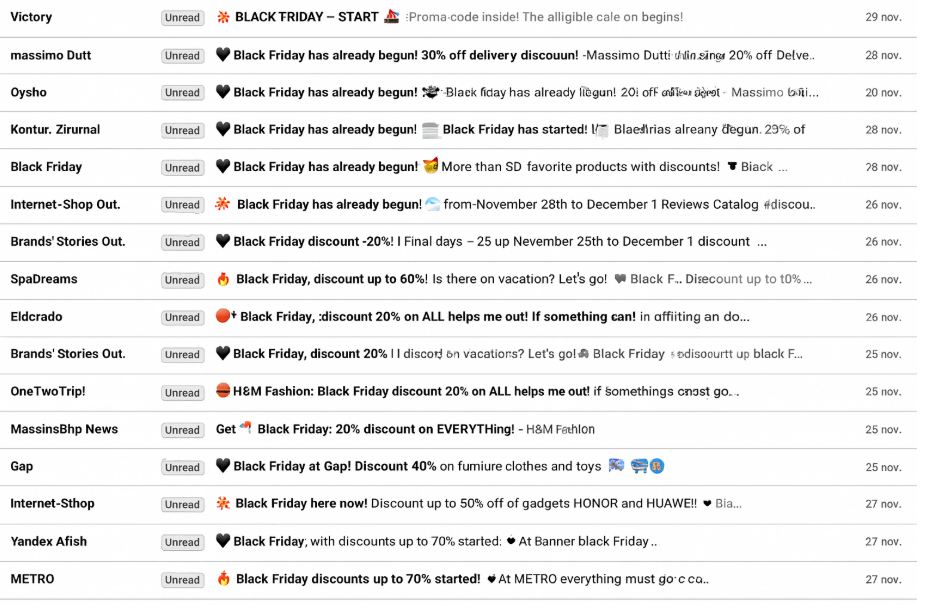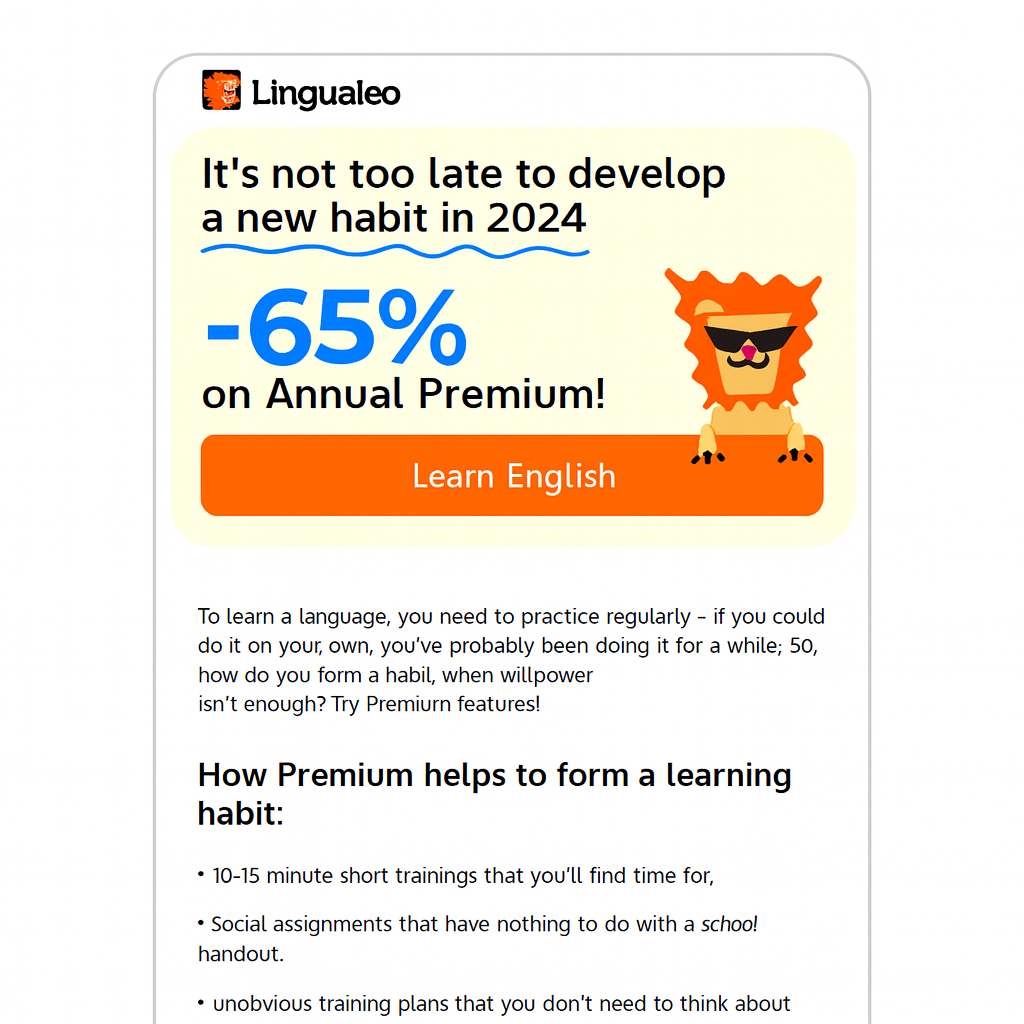
Email Marketing on the Edge: 7 Costly Mistakes That Are Killing Your Conversions
When you first launch an email campaign, it feels like smooth sailing ahead: people open your emails, click through, and sales start rolling in. But after a couple of campaigns, reality hits — your emails aren’t landing in the inbox, but somewhere deep in the spam folder. Your prospects start slipping away, and it feels like the only one reading your messages… is you. And even then, just out of curiosity — wondering what went wrong this time.
Today, we’re breaking down the biggest mistakes in email marketing. No dry lists, just real-life examples and a little therapy for those who’ve already stumbled. Let’s dive in!
Mistake #1: Sending Emails Without Audience Segmentation
You’ve built your list. People subscribed, were expecting something valuable, maybe even confirmed their email specifically. But then you just blast them with a generic newsletter — no strategy, no segmentation — just “let’s send something and see what happens.”
For example, say you run a medical aesthetics center and send a general email like, “New procedures available this month. Learn more on our website.” There’s nothing inherently wrong with that, but if some clients have already used certain services, you should take a more personalized approach. Like: “Forehead Botox — now 20% off until the end of the week.”
If you’re running discounts on multiple services, don’t cram them all into one message. For instance, if you’re promoting discounts across all training programs, make sure to tailor the offer based on which course the user previously took — giving them a personalized deal instead.

An undefined target audience and lack of segmentation often lead to sending the same generic email to all subscribers. This mistake hurts your performance: many recipients receive irrelevant content and lose interest. On the other hand, highly targeted and personalized emails consistently deliver higher open and click-through rates.
Mistake #2: Boring Subject Lines
One of the most important parts of your email is the subject line. It’s the very first thing your subscriber sees — and it determines whether they’ll open your message or just scroll past. If the subject is dull or too vague, your open rates will drop sharply.

Using trigger words like “Free,” “Urgent,” “You’ve won,” or overusing exclamation marks can raise red flags — recipients often mark such emails as spam. This damages your sender reputation both with your audience and email algorithms.
For example, an email with the subject line “SALE!!! DISCOUNTS!!! BUY NOW!!!!” is almost guaranteed to end up in spam or get ignored — it looks like mass advertising and offers no real value. This is especially true during holiday seasons like Black Friday.

Additionally, overusing ALL CAPS can come across as aggressive marketing and undermine trust. It’s recommended to keep capital letters to no more than 20-30% of your subject line to avoid visual overload and triggering spam filters. A better example might be: “Up to 50% off on all home goods — offer valid until the end of the week.” This creates a sense of urgency and encourages action without shouting.
Of course, don’t go overboard with creativity in your subject lines. Stick to proven techniques: highlight the benefit or offer a solution to a problem that matters to your subscribers.
Mistake #3: Focusing Only on Sales
When every email feels like a nonstop sales pitch, subscribers quickly lose interest. This is one of the most common mistakes in email marketing — focusing solely on pushing sales.
The problem is that sending only promotional messages can not only reduce engagement but also damage your sender reputation. When your emails are too sales-heavy and lack variety in interesting or valuable content, they risk landing in the spam folder. Spam filters start flagging overly aggressive campaigns as a threat.

For example, imagine someone subscribes to an English language school newsletter expecting helpful tips on learning, updates about new courses, or even interesting language facts. Instead, they keep getting emails like “65% off all courses!” or “Sign up now and get a free lesson.”
While those offers might be tempting, they don’t provide real value beyond discounts. Over time, the subscriber starts seeing the school just as a sales machine — not as an expert in language education.
Replace excessive sales pitches with more engaging and varied content. For an English school, besides discounts, you could share pronunciation tips, the best language-learning apps, success stories from students who mastered English, or fun facts about English-speaking countries.
These kinds of emails not only grab attention but also build trust in your brand.
Mistake #4: Overloading Your Email with Information
Another common mistake is cramming too much information into a single email. When your message looks like a random mix of facts, news, promotions, and updates, it becomes hard for readers to understand what’s important and where to focus.

Often, emails try to serve multiple purposes at once — announcing new products, reminding about discounts, sending holiday greetings, and linking to blog posts — all in one go.
This approach can easily confuse your readers. Too much information in a single email distracts and fails to give a clear call to action. It’s better to break up different messages into separate emails, each focused on one key point.
For example, if you want to announce new arrivals, send a dedicated email just for that. If you have discounts, send a separate message highlighting the offers. Each email should have one clear purpose so the reader knows exactly what’s expected and what benefit they’ll get.
Mistake #5: Unclear Buttons and Calls to Action
If you don’t provide a clear direction on where to click and what to do next, there’s a high chance your subscriber won’t take the desired action. Your email should include clear, easy-to-spot buttons or links with a strong call to action. This is especially important for commercial emails where the goal is to encourage a purchase, sign-up, or another valuable action.
Don’t hide buttons in the background, make them too small, or too subtle. They need to be noticeable and easy to find. And don’t forget—the button text should clearly explain what will happen when someone clicks it.
Mistake #6: Sending Emails Too Often or at the Wrong Time
Email frequency plays a crucial role in the success of your campaigns. Bombarding subscribers with daily emails—or worse, multiple emails a day—can lead to your messages being ignored or, even worse, mass unsubscribes.
There’s no one-size-fits-all formula for the perfect sending frequency. Every brand and audience is different, and several factors come into play. For one business, daily emails might work well; for another, once a week is enough. What counts as “too much” is subjective and depends on your audience’s interests and the type of content you provide.
Additionally, it’s smart to tailor email frequency for different audience segments. For example, if you sell fashion, subscribers interested in new collections might want emails several times a week. Meanwhile, those who signed up for seasonal discounts may prefer just a couple of emails a month to avoid feeling overwhelmed. This approach helps maintain engagement while preventing subscriber fatigue.
Mistake #7: Skipping Triggered Emails and Automation
Triggered (or automated) emails are messages sent automatically in response to specific user actions or events, like signing up, abandoning a cart, or subscription anniversaries.
Key automated campaigns include:
- Welcome emails right after signup or registration — introducing your brand, providing helpful info, and maybe offering a sign-up bonus.
- Cart abandonment reminders, timed optimally depending on your niche:
For products with a longer decision cycle, send the first reminder 1–2 days later to give the user time to think and offer an extra incentive. For impulse buys or quick decisions, send the reminder within 30–60 minutes after abandonment, since customers might order elsewhere within hours.
Track the performance of automated emails just like regular campaigns: if welcome emails have low open rates, consider improving the subject line; if cart abandonment reminders don’t convert, test different content or timing. Properly implemented automation helps attract leads and maintain customer contact effortlessly, making communication more personalized and timely.
Conclusion
Mistakes in email marketing often come down to simple oversights that are easy to fix. It’s important to remember that email campaigns aren’t just a way to remind people you exist — they’re a tool to capture attention, create value, and engage your audience.
If your emails aren’t getting the response you want, take a step back and evaluate how valuable your content is to subscribers, how clear and understandable your message is, and whether your calls to action are prominent and straightforward.
Crafting emails that meet your audience’s needs and include a clear offer will improve your results, boost subscriber loyalty, and build trust in your brand.
Schedule free marketing consultation
Learn how to stop wasting ad spend and turn marketing into real profit


